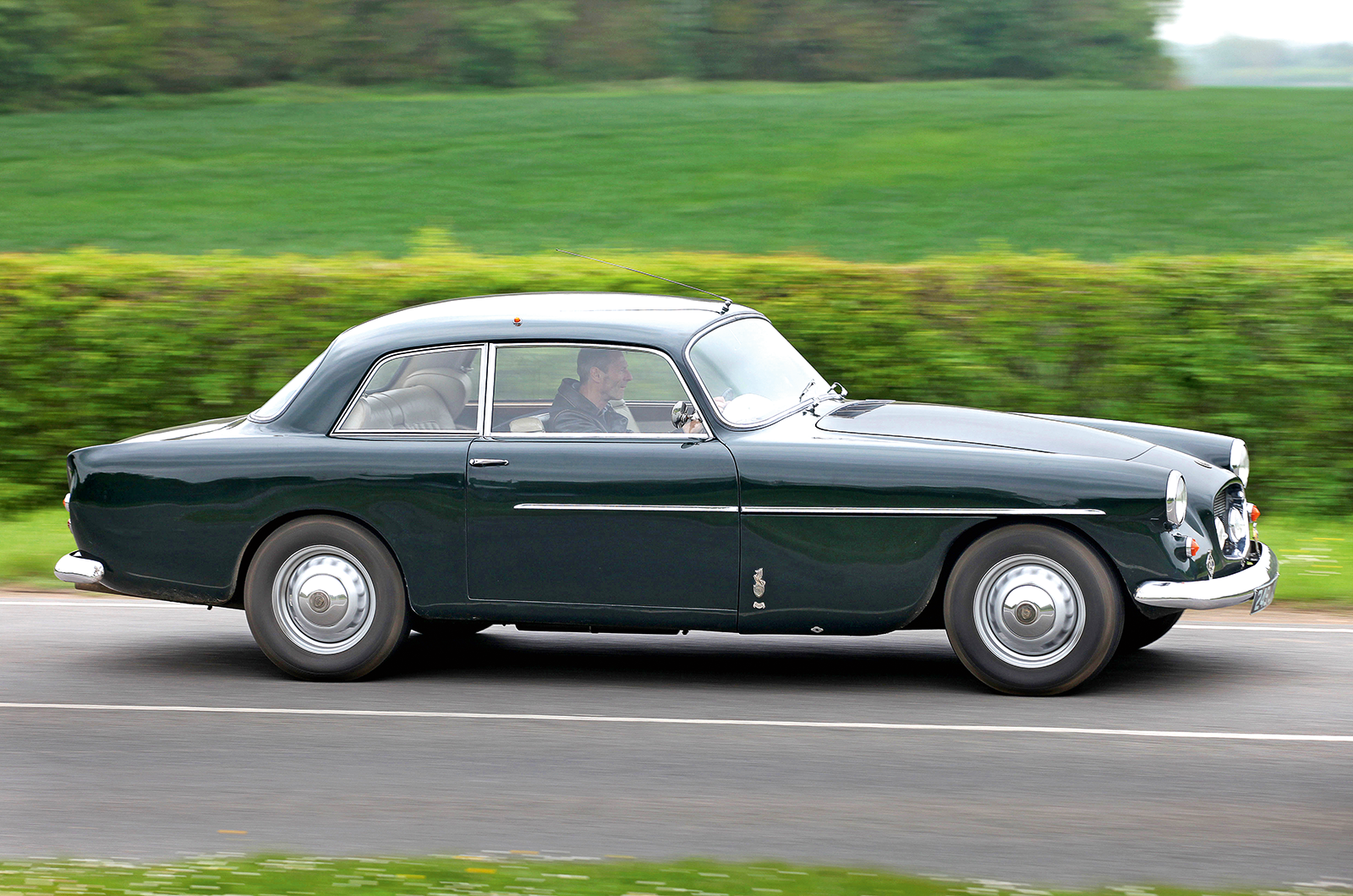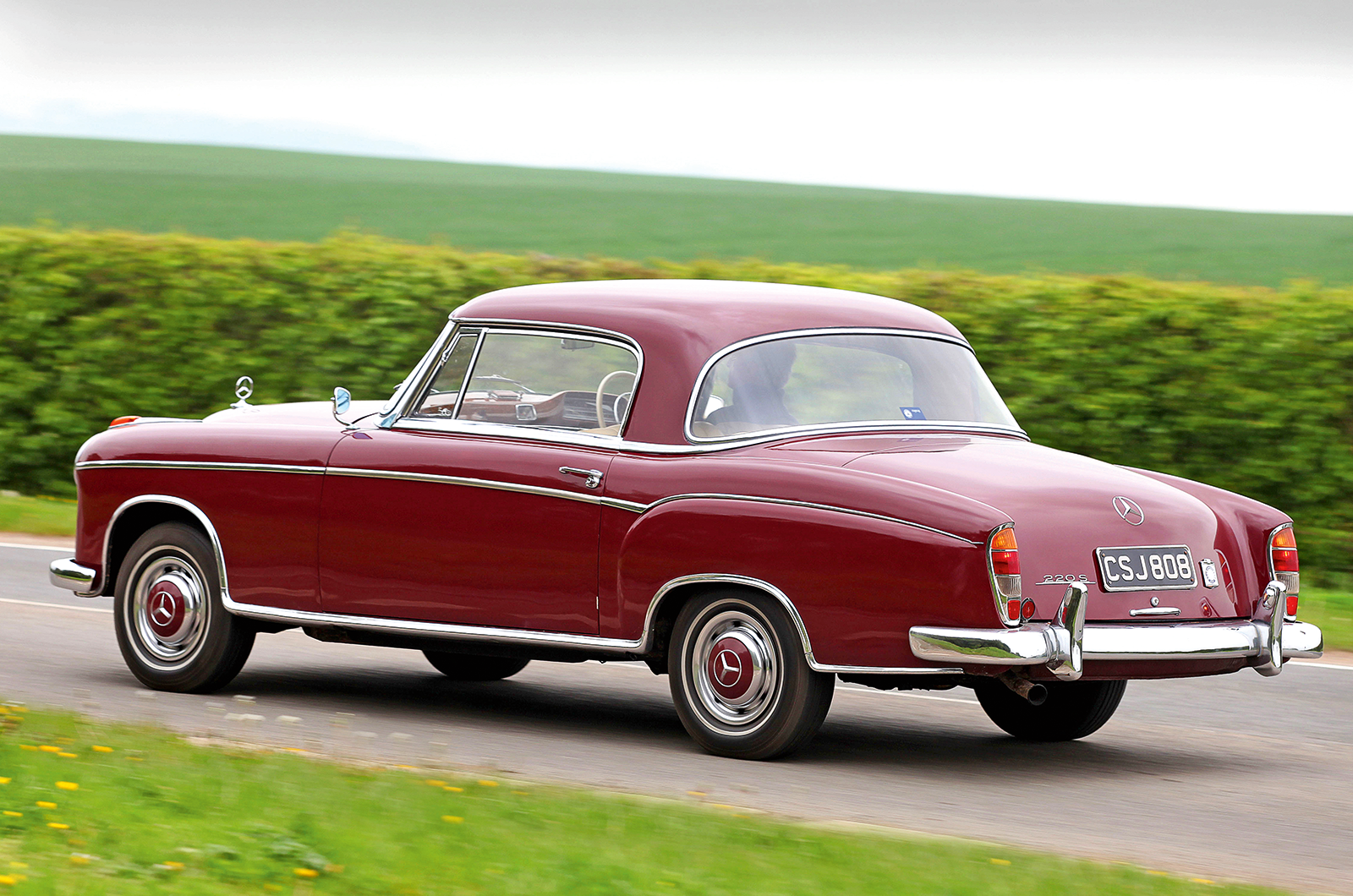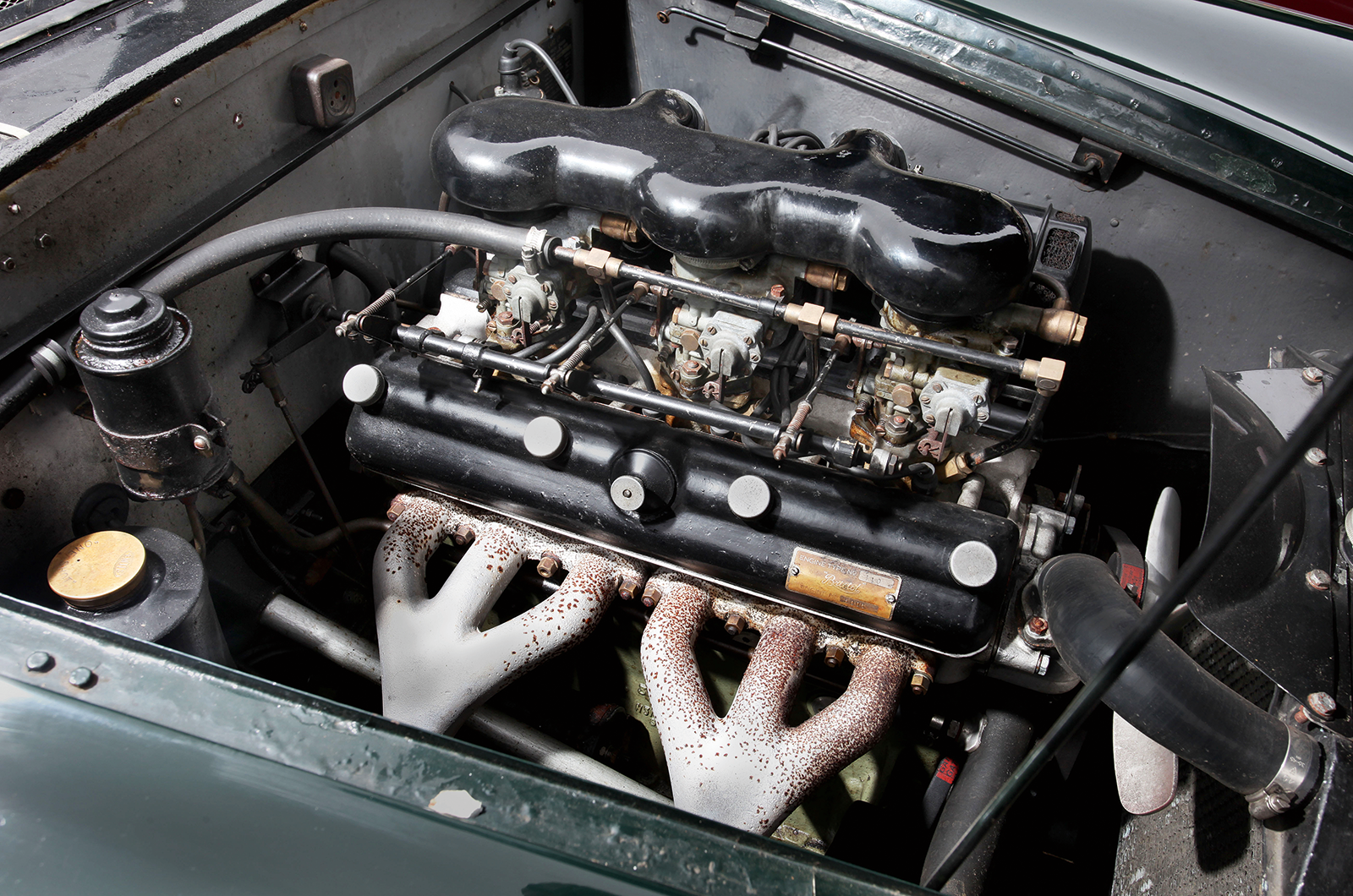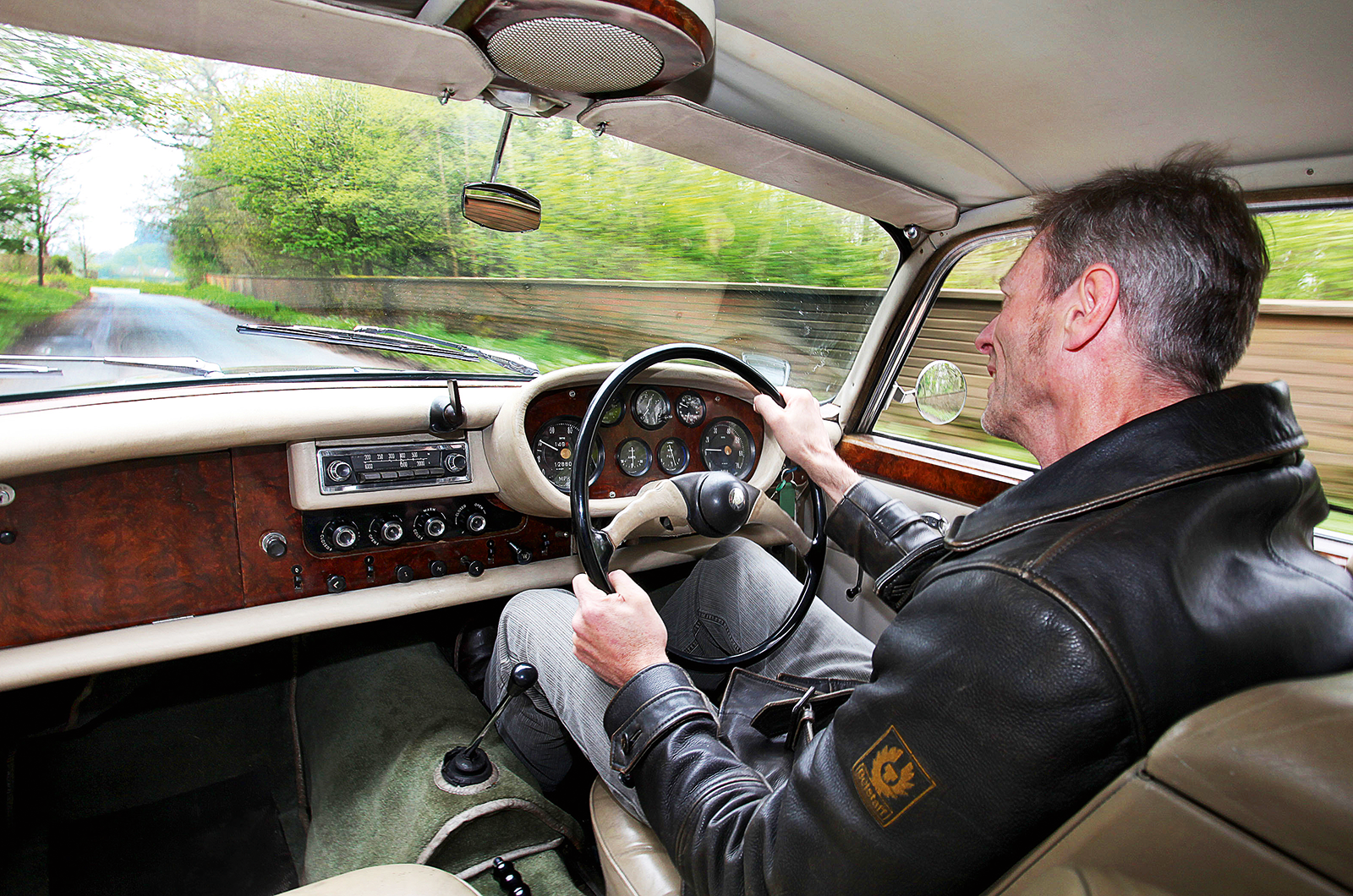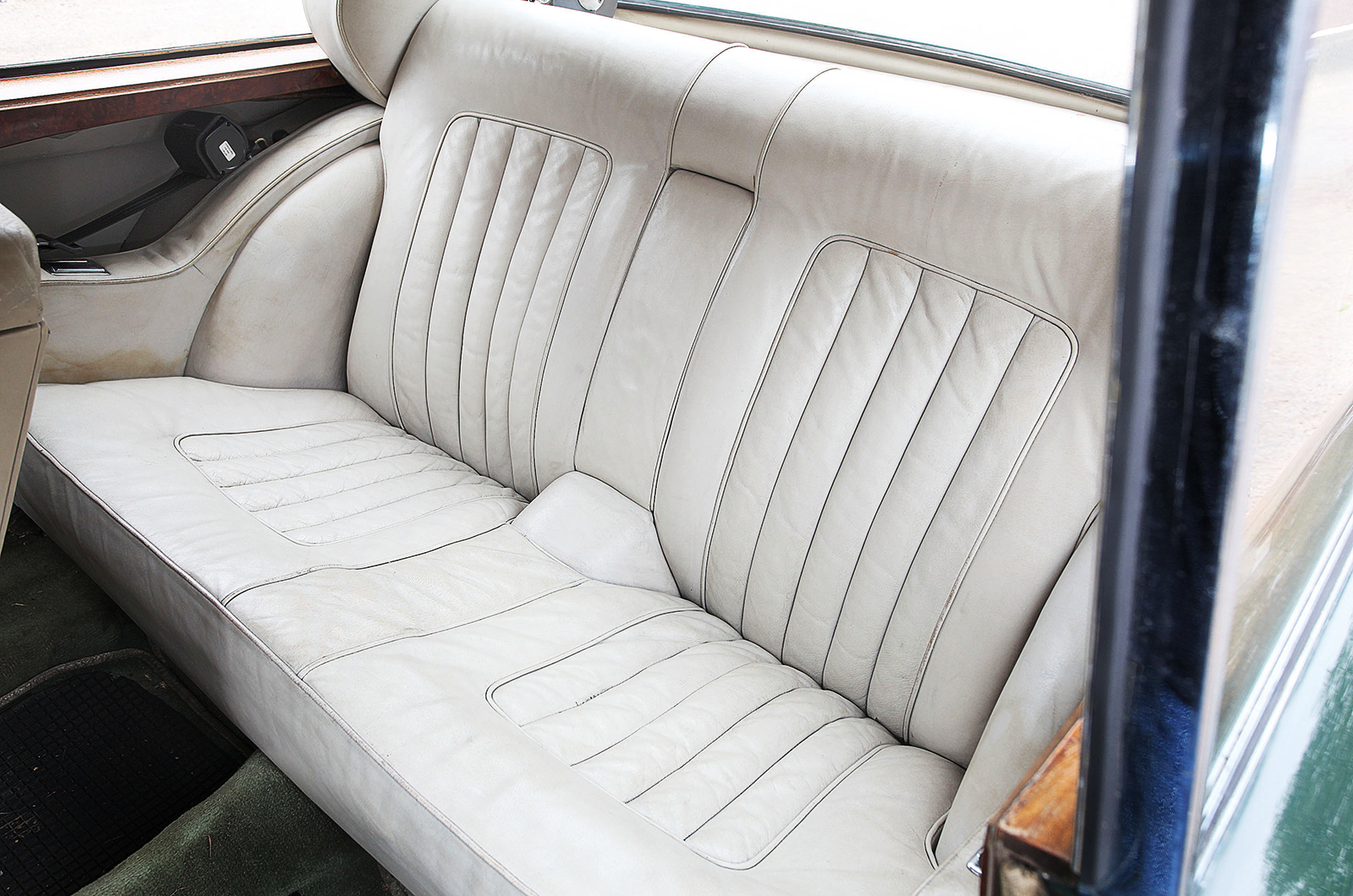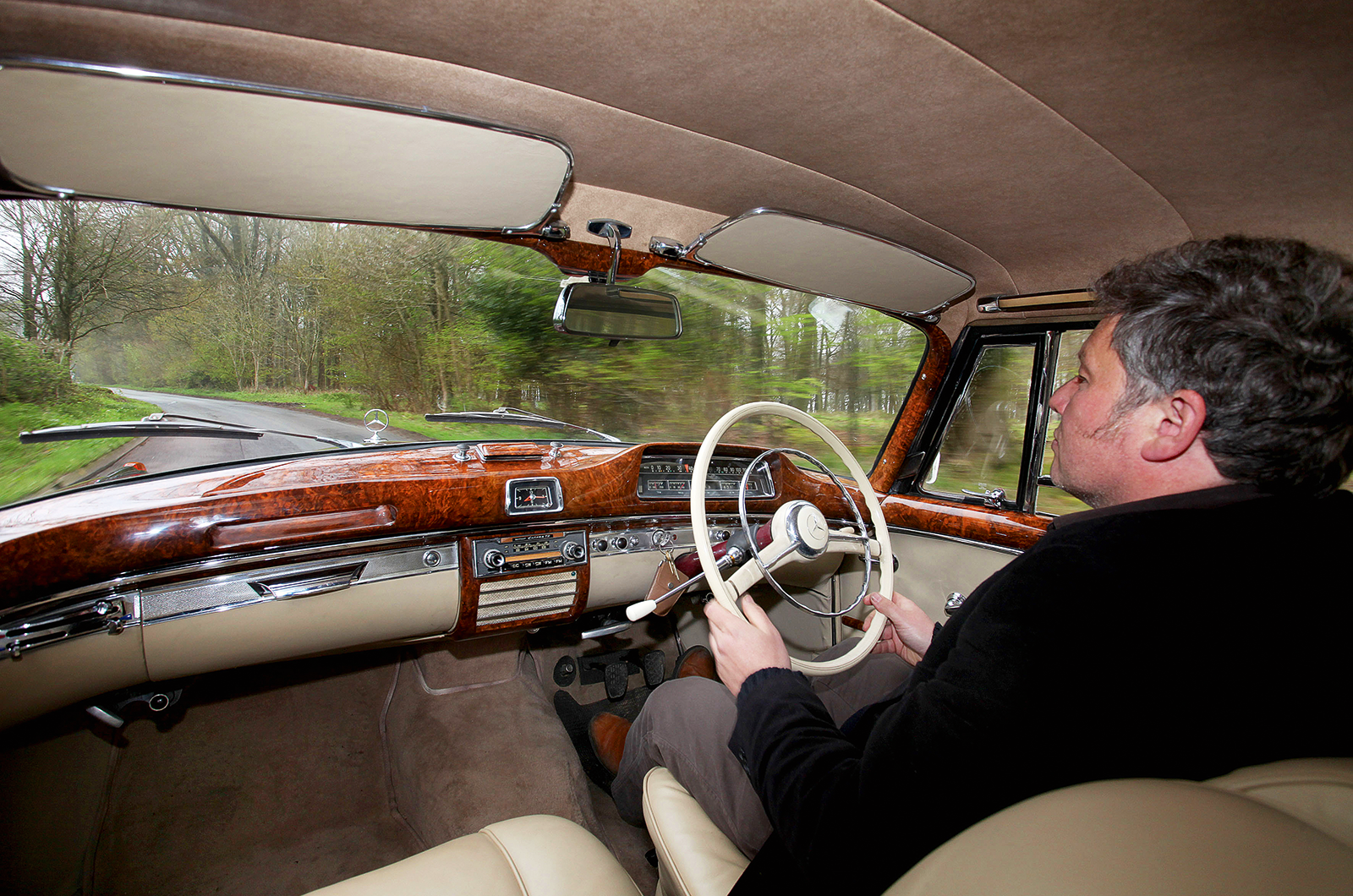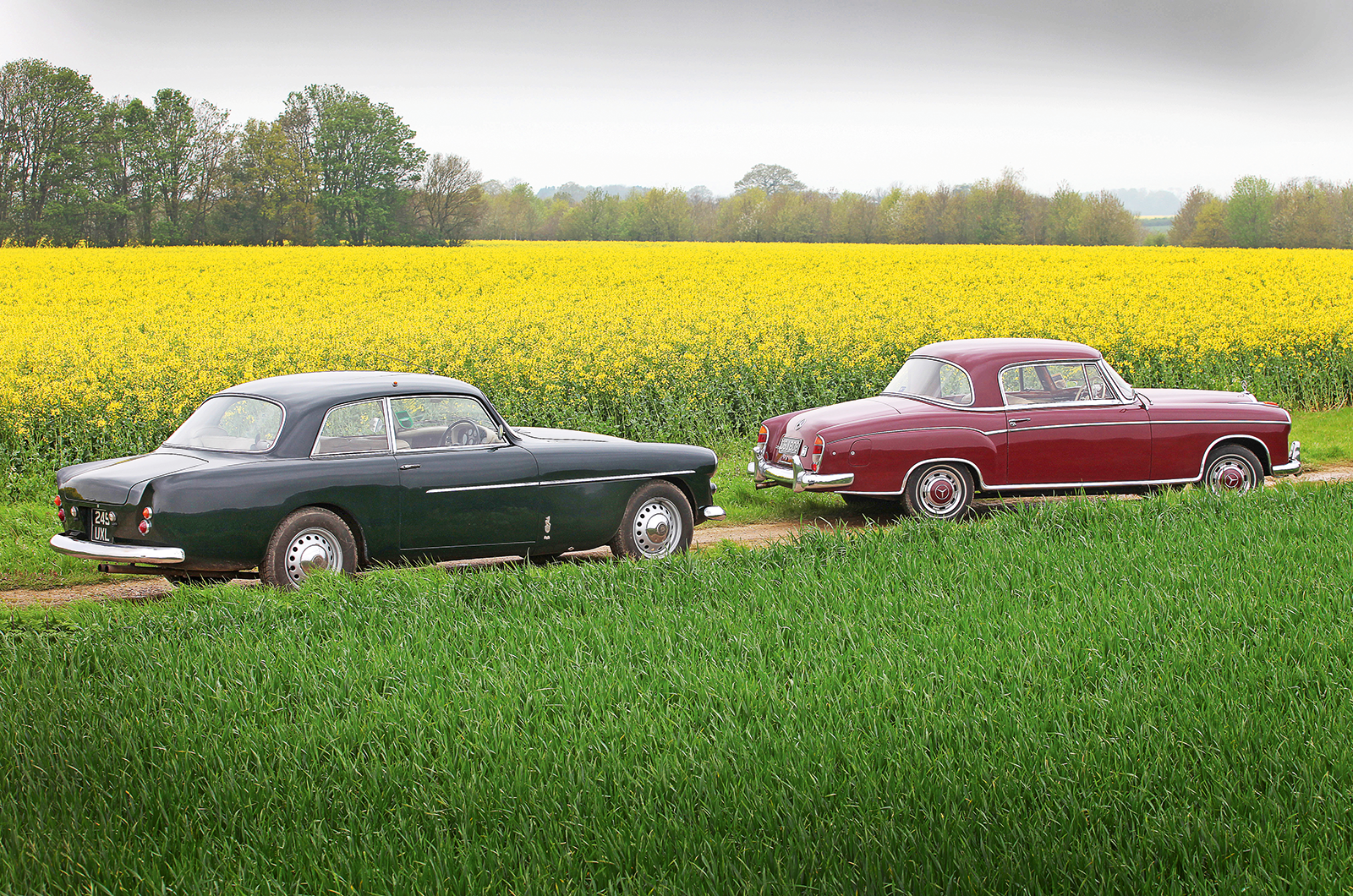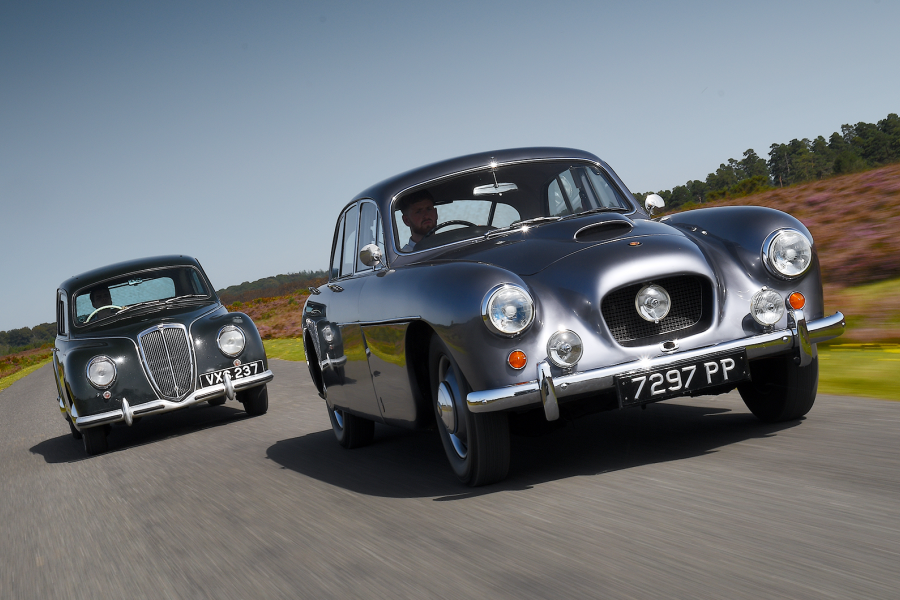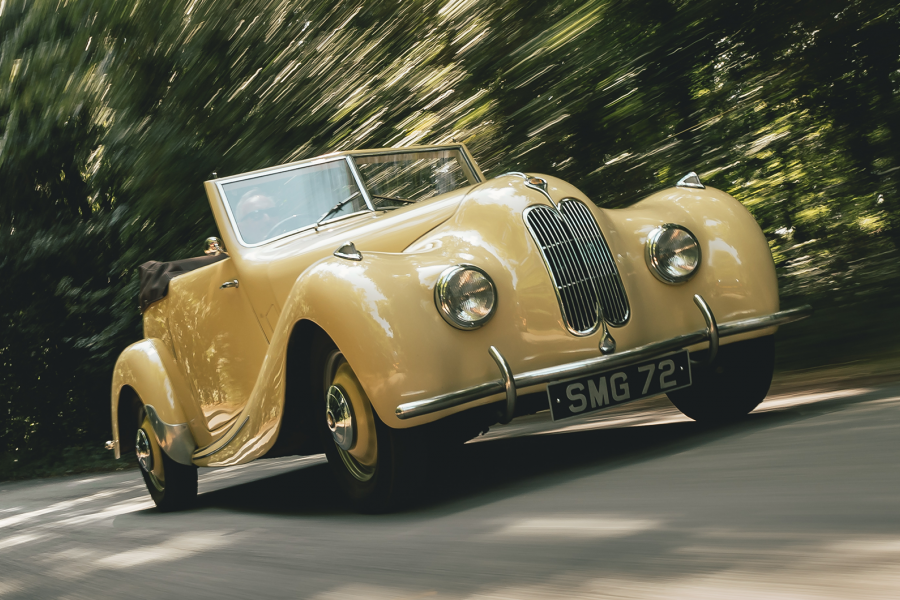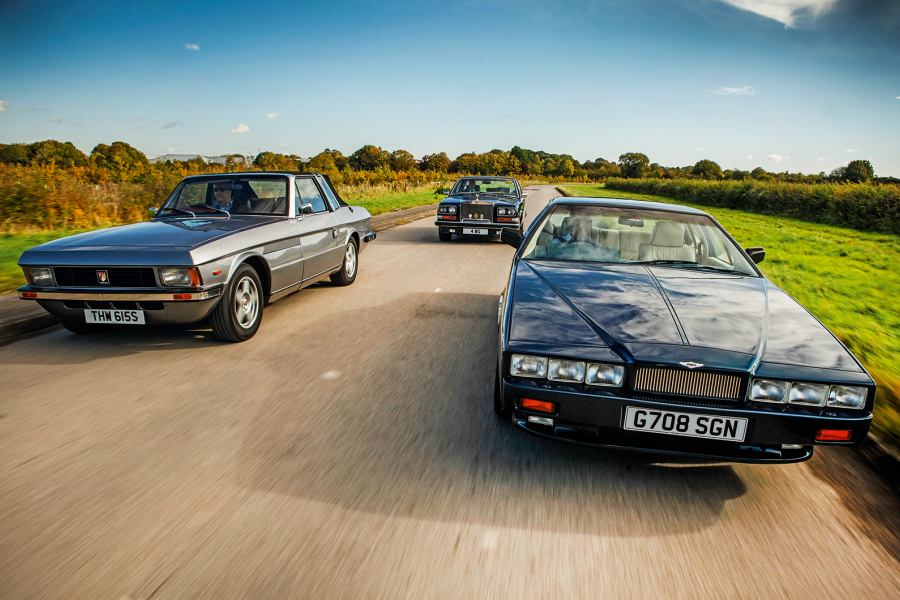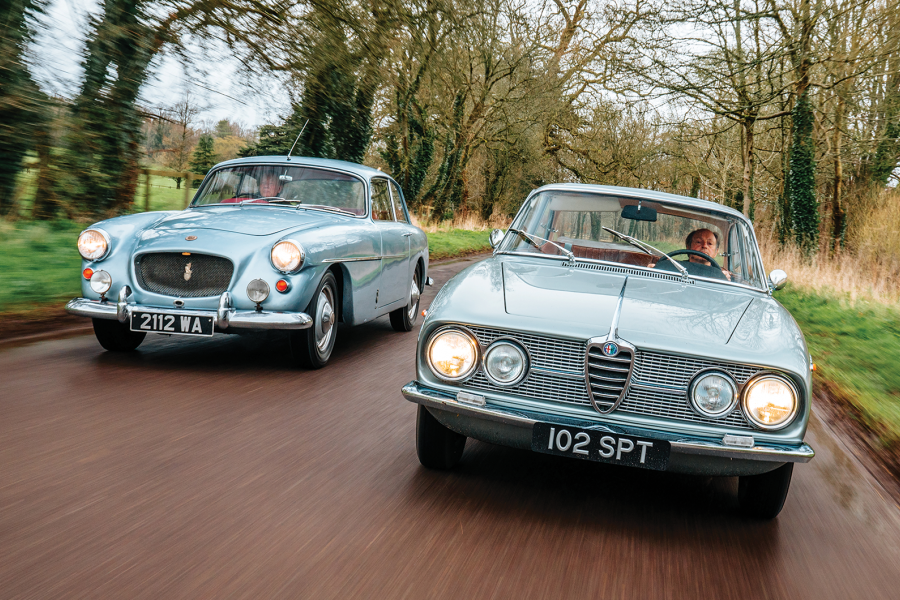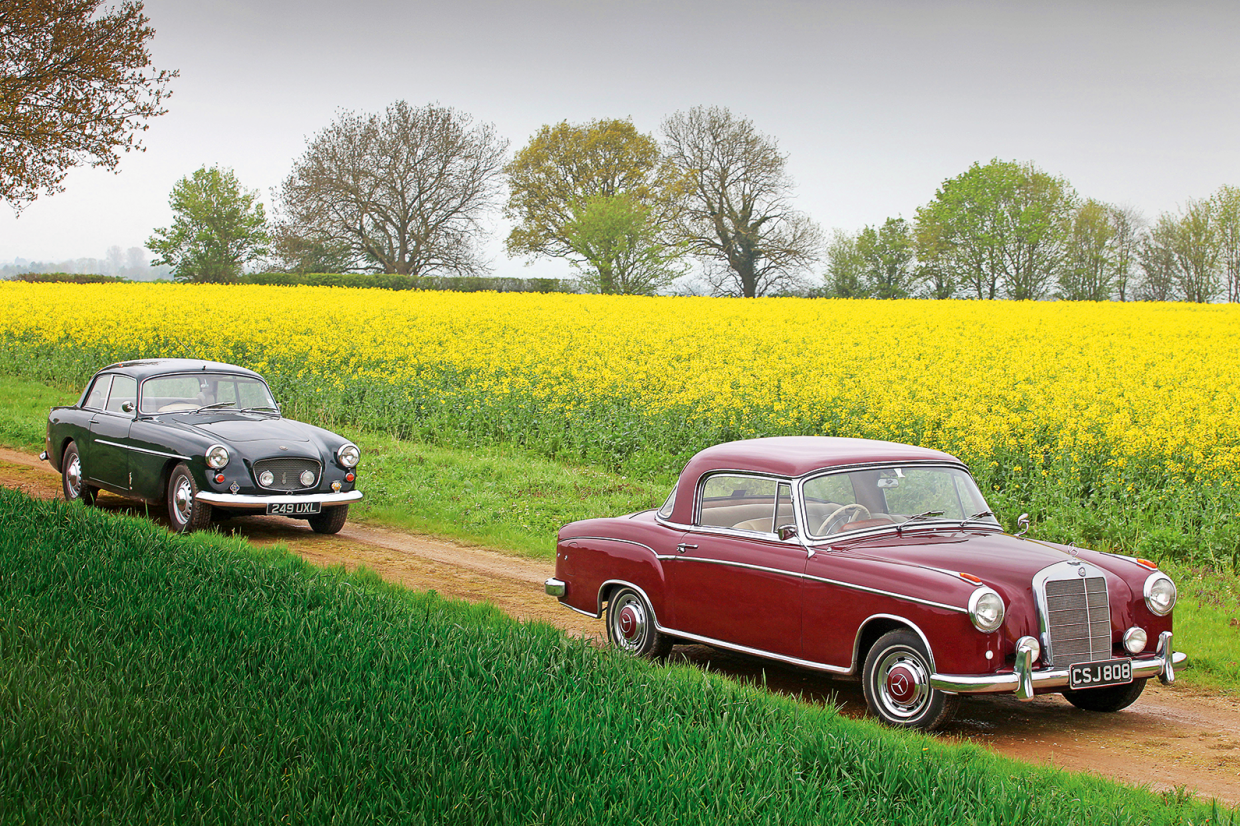
With a few exceptions, Mercedes’ classic ‘chrome bumper’-era coupés and sports cars always tended to be vastly overrated and overvalued.
The Pagodas, 3.5 Coupés and fin-tails are nice cars, but not spectacularly interesting; nor have I ever understood the appeal of the wheezing, underwhelming 190SL.
Similarly, the W180 Ponton-based coupés of the ’50s are nicely engineered and handsome – in a slightly chrome-laden, frumpy way – but offer nothing special in the way of driving satisfaction.
To be fair, they don’t come up for sale that often – but when they do, buyers apparently lose all sense of reality when it comes to lobbing out the dosh.
What they should really be doing, of course, is taking a deep breath and looking for something else that fits the bill, preferably for a lot less money. And to my mind, that something else is the Bristol 406.
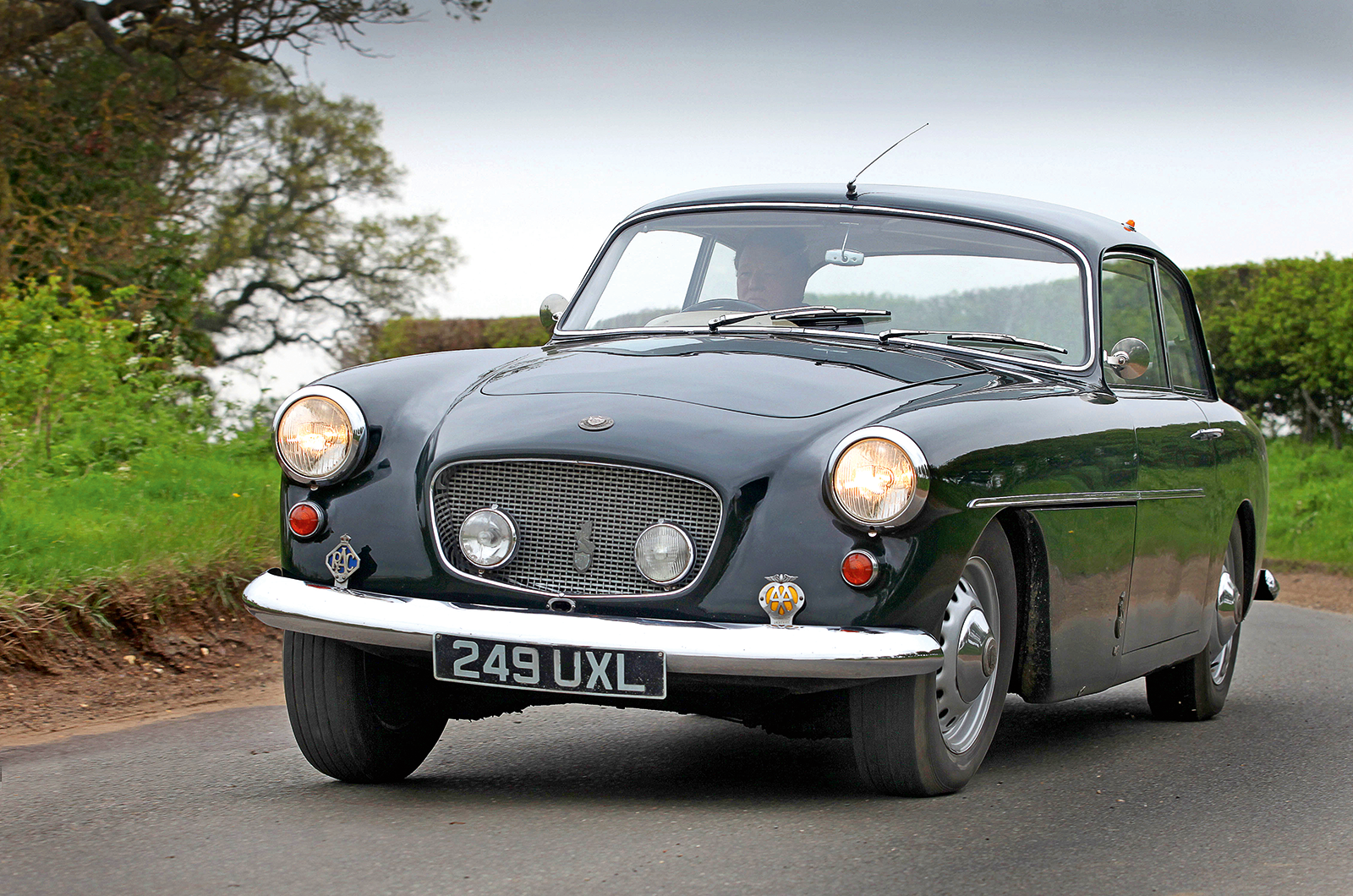
The Bristol 406 won't float everyone's boat, but I love them all the same. I’m not sure that the Filton-based former aircraft manufacturers ever made a car with a better balance of virtues than this once-unloved variant.

